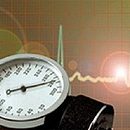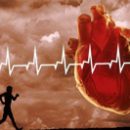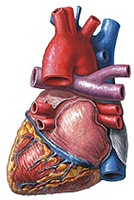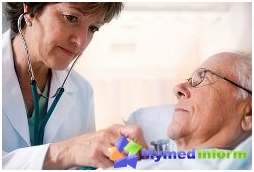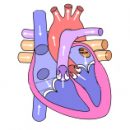Prosthetic endocarditis is one of the most terrible complications of the infectious disease. This disease occurs in persons previously operated on for the vice of non-infectious nature. Non-infective endocarditis occurs when deposited in the endocarda of a special substance that forms sterile vegetation.
Content
Prosthetic endocarditis
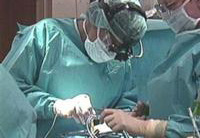 Prosthetic endocarditis (endocarditis of the valve prosthesis) is one of the most severe infectious diseases. It may occur both in patients who have previously suffered by an active valve infectious infectiousness with endocarditis and in individuals operated on for the defects of non-infectious origin. Distinguish early (up to 2 months after surgery) and late (more than 2 months) prosthetic endocarditis. Early prosthetic endocarditis is most often due to either a non-infectious infection in cases of operations on active infectious endocarditis, or the result of the patient's infection during or coming after the operation on the heart. Unfortunately, there is always a small risk of such infection of the patient with cardiac surgery treatment, so to speak, the reverse side of the medal. Late prosthetic endocarditis in most cases is a consequence of any new infection. The outcome of the prosthetic endocarditis is partial (fistula) or full (separation) rejection of the prosthesis. Treatment of early and late prosthetic endocarditis At first, always medication: antibiotics are prescribed. In the absence of effect, especially in cases of early prosthetic endocarditis, repeated cardiac surgery may be required.
Prosthetic endocarditis (endocarditis of the valve prosthesis) is one of the most severe infectious diseases. It may occur both in patients who have previously suffered by an active valve infectious infectiousness with endocarditis and in individuals operated on for the defects of non-infectious origin. Distinguish early (up to 2 months after surgery) and late (more than 2 months) prosthetic endocarditis. Early prosthetic endocarditis is most often due to either a non-infectious infection in cases of operations on active infectious endocarditis, or the result of the patient's infection during or coming after the operation on the heart. Unfortunately, there is always a small risk of such infection of the patient with cardiac surgery treatment, so to speak, the reverse side of the medal. Late prosthetic endocarditis in most cases is a consequence of any new infection. The outcome of the prosthetic endocarditis is partial (fistula) or full (separation) rejection of the prosthesis. Treatment of early and late prosthetic endocarditis At first, always medication: antibiotics are prescribed. In the absence of effect, especially in cases of early prosthetic endocarditis, repeated cardiac surgery may be required.
Infectious endocarditis - Grozny disease. In order to minimize the risk of infectious endocarditis, to all patients with heart valves, in T.C. With the prolapse of the mitral valve, as well as with valve prosthesis, it is necessary to follow the following rule: - on the eve and shortly after the completion of any intervention, as a result of which infection (dental, gynecological, etc. Procedures) should propagate antibiotics. The choice of antibiotic depends on the type of manipulation and must be agreed with the doctor,.
Endocarditis not infectious nature
As a result of various severe diseases (oncological and other.) Special substances are produced in the body, which are subsequently deposited on the inner shell of the heart (endocardium), forming sterile (noncommunicable) vegetation. Education data may not show themselves, in rare cases, embolism can be observed by fragments of these vegetations with the development of internal infarction. The diagnosis of non-infective endocarditis is no different from the diagnosis of infectious endocarditis. Treatment of non-infective endocarditis is to treat the disease that caused its illness, as well as in the appointment of anticoagulant drugs to eliminate the vegetation.

